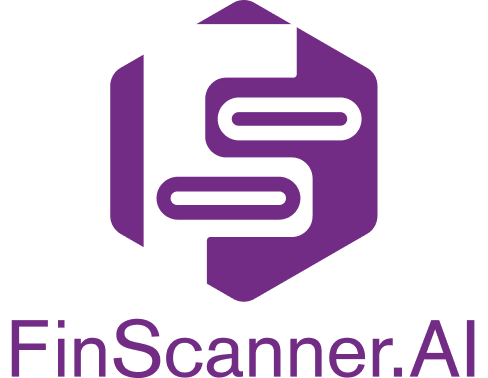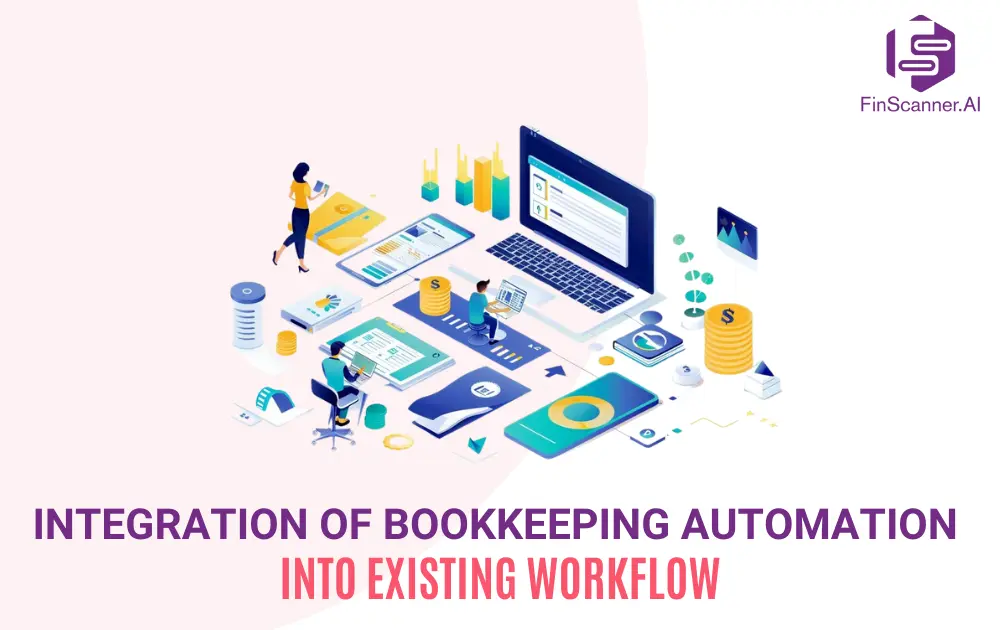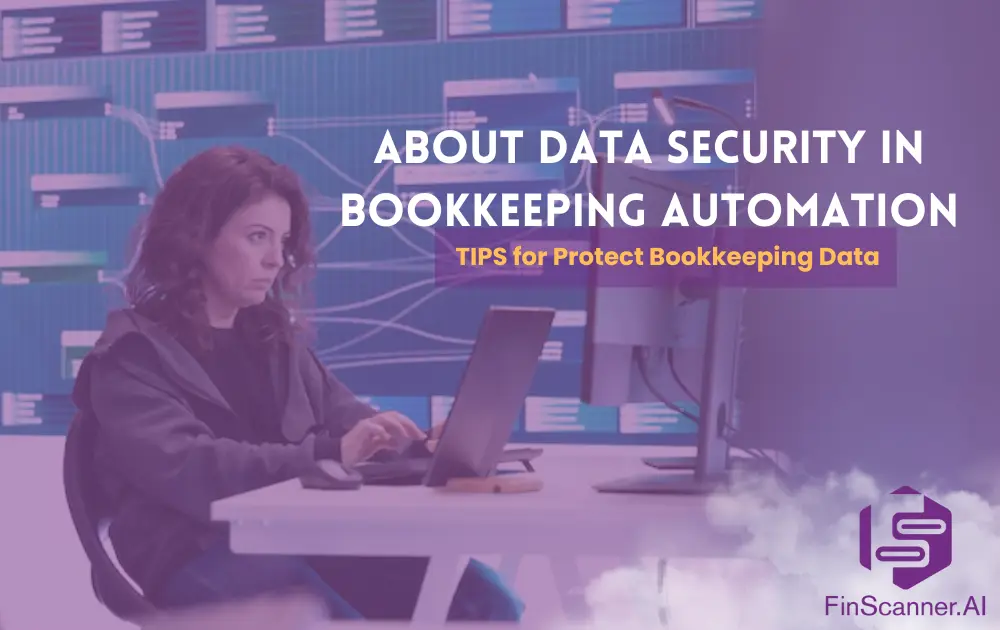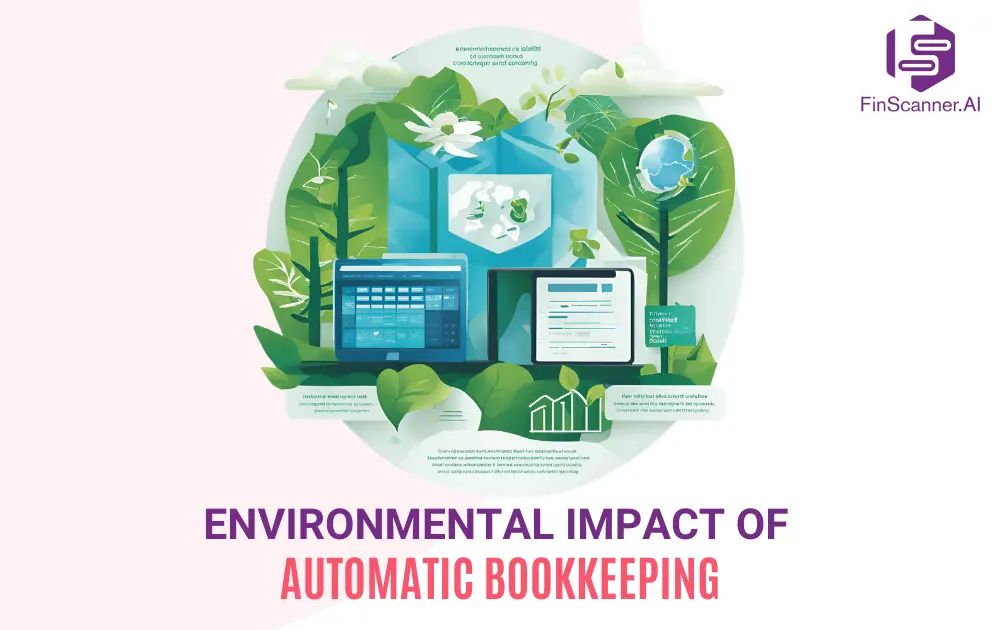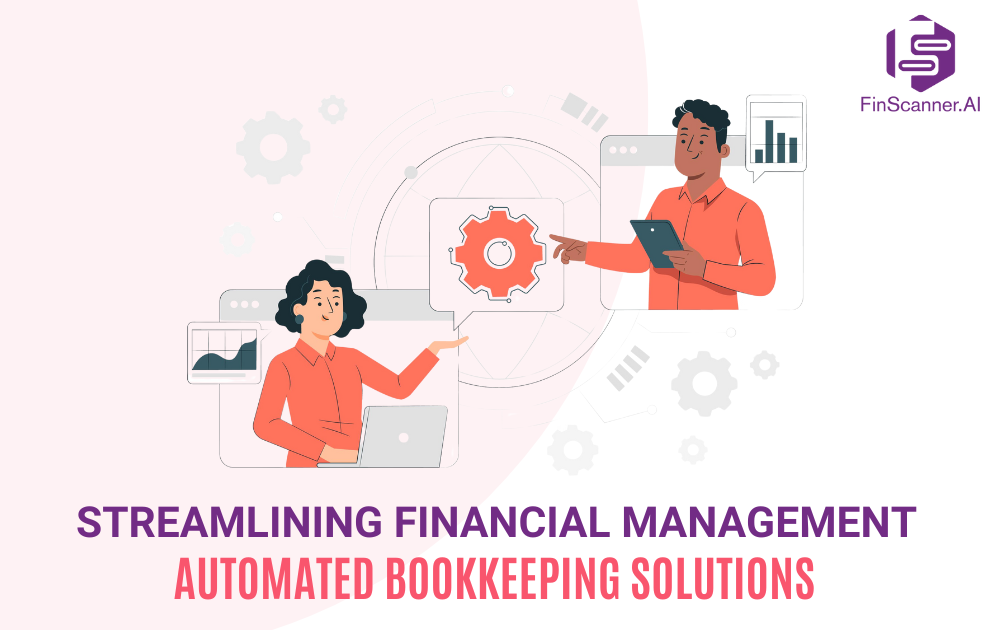How to Integrate Bookkeeping Automation into Your Existing Workflow?
Are you tired of spending hours on manual bookkeeping tasks? Do you still end up making mistakes? As the business environment has become fast-paced today, efficiency and accuracy are the keys to success. This is when bookkeeping automation appears as a solution.
It can streamline your financial data entry, invoicing, and more. However, as a newbie, it can be daunting to integrate new technology into your existing workflow. But look nowhere. By reading this guide until the end, you may discover easy steps to seamlessly integrate automated bookkeeping systems into your current processes and drive your business forward.
What is Bookkeeping Automation?
Bookkeeping automation can be a game-changer for your business if integrated into the existing workflow. From streamlining financial tasks, data entry, invoicing and expense tracking to reducing errors and increasing efficiency – it can help in every way.
By relying on the latest technologies and integrated bookkeeping software, businesses can expect to reduce errors, increase productivity, get real-time financial visibility and scale business growth.
Ways to Integrate Bookkeeping Automation into Existing Workflow
Thinking about how to automate bookkeeping tasks? Well, take a look at the steps below that will ease your process of integrating this latest technology.
- Examine Your Current Procedures and Equipment
You must start by assessing your current procedures and resources when starting bookkeeping automation. To do this, you must examine your financial operations ongoing currently.
Then find out the processes that are automated and which are still manual. Make sure to examine your present toolkit and identify the ineffective ones.
- Look for Automation Opportunities
Once you have assessed the current procedures and equipment, it is time to determine which ones you can automate.
Look for areas like data input, invoice processing, reporting preparation and more. This is where you can automate manual operations.
- Select Appropriate Automation Tools
It is essential to select the appropriate automated bookkeeping systems. There are several automation technologies available in the market. This ranges from accounting practice software to bookkeeping workflow software and more.
When choosing the appropriate tool for your organization, it is best to take the goals and budget of the business into account. Also, you must consider the kinds of operations you wish to automate, the price of the tools and if they can align well with your current setup.
- Create a Comprehensive Migration Strategy
Once you have chosen the ideal bookkeeping automation solution, you need to create a thorough migration strategy.
This strategy must outline the data you will be moving, the procedures you will be following throughout the process and the deadline of the project.
Make sure to think about the ways you will monitor and assess the project’s progress. Also, ensure how you will teach employees to use the new automation technology.
- Evaluate and Track the Automation Procedure
It is important to conduct testing and monitoring to ensure the automation process is functioning properly.
Make sure that the automation tool is fulfilling your needs and operating as intended when you give it a test. You should aim to achieve the desired results by keeping a regular eye on it.
- Incorporate Extra Automation Functions
When you test the automated accounting process, you may find that extra automation features may be required to improve efficiency.
When streamlining the bookkeeping automation solution into your accounting process, think about including automation capabilities like automatic data entry and reporting.
- Streamline and Enhance Automation Procedures
As you integrate bookkeeping software, you may discover areas where you can streamline and enhance your procedures.
You must spend some time assessing your present accounting procedures and make necessary changes.
This can entail modifying the automation tool’s current functionality and introducing new ones. Also, it can alter the way you use it.
- Train and Communicate
It may be exciting to onboard a new system to your business. Well, don’t forget to notify the rest of the business about the new procedure and the system.
Let your team know about the benefits of bookkeeping automation. Also, instruct them on new workflows and the way they can make the most out of the system.
Is It a Good Idea to Automate Bookkeeping into the Existing Workflow?
Accounting businesses existed even before computers did. They have always been those entrusted with keeping track of money. But as this is the era of technological advancement, should accounting businesses invest in bookkeeping automation?
The answer is yes. When accounting firms integrate bookkeeping software, it can cut down the amount of time spent on managing the company. A lot of time can be saved and projects can progress as planned. As a result of this, the productivity and profitability of the accounting team will rise leading to increased efficiency. Also, the need to conduct repetitive duties can be eliminated.
